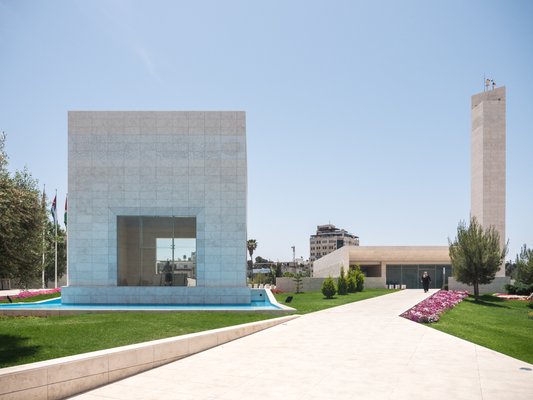Located in the southern West Bank, this major commercial center has a divided population of Palestinians and Israeli settlers, with distinct zones and checkpoints throughout its streets.
Hebron, the largest Palestinian city in the West Bank, centers around the 2,000-year-old Cave of the Patriarchs, where carved Herodian stones form the foundation of this sacred Jewish, Muslim, and Christian site. Walk through the stone-paved streets of the Old City to find artisans blowing blue and green glass into delicate shapes, smell fresh figs in the market stalls, and step into buildings with distinctive Mamluk archways and decorative stonework from the 13th century.
Navigating Hebron's Divided Zones
When you visit Hebron, you'll move between two zones: H1 (80% Palestinian control) and H2 (20% Israeli control). You must carry your passport to cross checkpoints, particularly when visiting the Old City or the Cave of the Patriarchs. Security personnel conduct checks at various points throughout the city.
The Cave of the Patriarchs
Inside the Cave of the Patriarchs, you'll find the burial sites of Abraham, Isaac, and Jacob, and their wives. The building functions as both a synagogue and the Ibrahimi mosque, with designated entrances and prayer times for Jewish and Muslim worshippers. Look for the massive stone blocks at the foundation - each weighs several tons and displays intricate carved borders from 2,000 years ago. The mosque section contains an 11th-century wooden pulpit, among the oldest Islamic wooden pulpits still existing.
Exploring the Old City
Walk through the Old City's narrow alleyways between limestone buildings with flat roofs and carved doorways. The Hebron Rehabilitation Committee has preserved the area's 13th-century Mamluk architecture, restoring more than 1,000 homes, 120 shops, and 10 schools. Each quarter reflects its historical purpose, whether residential, commercial, or religious.
Glass and Ceramics Workshops
In Ras al Jora, you can step into workshops where artisans shape molten glass into vases, lamps, and decorative pieces. Watch as they use techniques passed down through generations, working with local materials and creating pieces in distinctive blues and greens. The industrial area also includes marble workshops where craftsmen cut and polish stone from nearby quarries.
Local Food Scene
Restaurants in Ras al Jora serve Palestinian dishes like mansaf - lamb cooked with rice and nuts. The market stalls display locally grown produce, including sweet grapes and figs from surrounding farms. You'll also find the al-Junaidi dairy factory, known for its fresh dairy products throughout the Palestinian territories.













